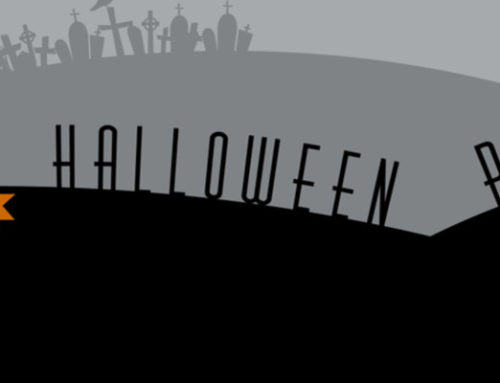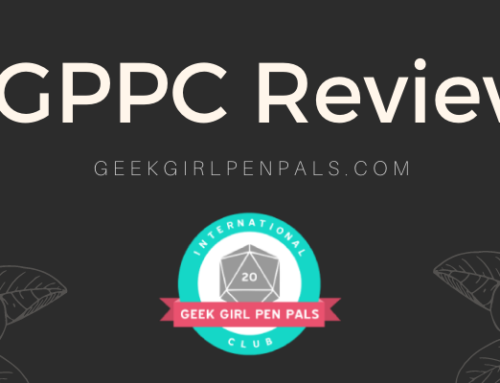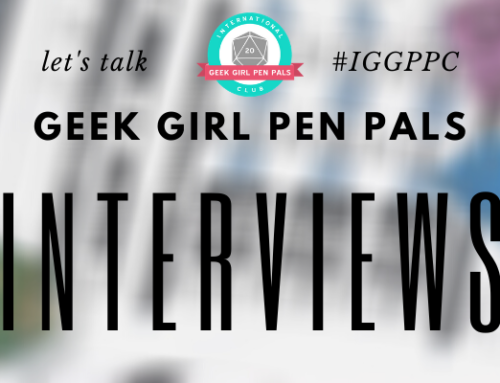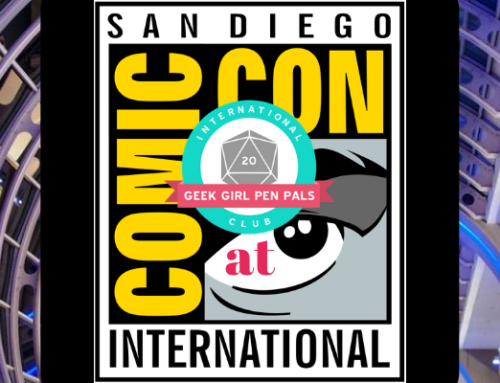Once again we venture into the folds of the origins of the Disney movies. Today let’s talk about one of my most favourite cartoons yet, Tangled. Now I am sure all (or at least a good chunk) of you know that the fun, spunky Disney version of Rapunzel is nothing at all like the original… but that’s okay. And I have to say I much prefer the new version!
The new version has magic, and romance, and excitement… but the original is a lot darker. This is partially due to it being a tale by the Grimm brothers, and partially because at the time is was written (1812) most of these tales are cautionary tales not really meant for kids. Now as a brief historical interlude… like most Grimm tales, the Grimm brothers were not the one who actually created the story; instead they are just merely the most popular adaptation of the story. In fact, there are tales dating back to the 10th century featuring a character and story similar to Rapunzel’s. The one that most resembles the Grimm brother’s tale is that of Persinette, a French version from 1698. Both the Grimm and French tales are incredibly close, so close that we will continue mostly with the Grimm version (you can read it here).

image source: Bontaical.com
Rapunzel’s mother is pregnant with her and she sees some beautiful Rapunzel over a wall. Rapunzel is a plant often known as Rampion, and used as a herb. Her mother is so enamoured with the plant that she craves it… stating she will die without out it. Her husband, in order to appease the pregnant lady, climbs the wall and steals some. Little does he realize this garden belongs to a Sorceress, who is not kind, and tells him he can have the herb if he gives her the child when she is born. The husband, frightened for his wife and himself, agrees.
Upon her birth, Rapunzel (who is named by the Sorceress after the herb her father traded her for) is taken and raised by the Sorceress. What I find neat is that you will find the word Sorceress and Fairy interchangeable in some of the texts. Unlike our fun Disney version where she is stolen from a king and queen, she is instead given to the Mother Gothel (named in the Grimm version) and the parents are never mentioned again. As she turns 12, the Sorceress locks her in a tower with no doors or stairway… and so starts the famous saying “Rapunzel, Rapunzel, let down your hair”.
I don’t know about you, but even with beautiful strong golden hair, that must hurt like crazy. Heck, my dog just steps on a corner of my hair when I’m laying down and I’m in pain. To think a full sized woman (and later a prince) would climb her hair without her having a massive headache or it being ripped out is impressive.

image source: Amazon (original cover art)
In time, a Prince hears her beautiful singing and follows the sound to Rapunzel in her tower. He watches her for days, returning every day to listen, until a time when Mother Gothel calls Rapunzel for her hair. He thinks that this may work for him too, so he tries it later that evening; this initially frightens Rapunzel, but then she gets over it.
He visits Rapunzel regularly and asks her to marry him. She says yes and tells him to bring a strand of silk every time he comes and she will make a ladder; when the ladder is done she will go with him. Sometime later (they don’t really say how long) she asks the Sorceress one day why her prince is not as heavy as Mother Gothel when she pulls him up to the tower. This is where the two tales different slightly. In the Persinette version she asks the Sorceress, rather naively, why her clothes are no longer fitting her. Either way, in both versions they explain in time that she is pregnant with twins.

image source: Found on Wikipedia, Originally done in 1812 for the original publication of The Brother’s Grimm
The Sorceress is furious, cuts off Rapunzel’s hair, sends her deep into the forest as punishment, and waits for the Prince to show up. When the Prince arrives she ties up the hair and throws it down to him. The prince climbs up, but seeing his bride gone and being told he will never see her again, jumps from the tower in anguish and is blinded by the thorns at the bottom. He somehow survives and wanders the woods calling for Rapunzel for years… yes you read that right, YEARS. Imagine being blind and having to scavenge food and survive for YEARS wandering a forest. Finally one day he chances upon where Rapunzel and her twins are living. Her tears, upon seeing him, fall onto his damaged eyes and heal him. Upon being able to see, he leads her and the children out of the woods and back to his kingdom where they lived happily.
Now in the Persinette version the Sorceress does not allow them to leave. Instead they stay in the woods for some time until their love moves her to mercy and then she sends them back to his family and kingdom. So it’s mostly the same… but not exactly. You’ll notice, unlike Snow White or Cinderella, the Sorceress never gets punished other than losing Rapunzel. She is not necessarily viewed as Evil or wicked in either, at least until she casts Rapunzel away; until that moment Rapunzel had pretty much all she wanted except her freedom to choose and leave.
Either way they are VASTLY different from the Rapunzel we all know and love in Tangled. However, Disney did keep some of the foundations: they have the golden locks and the hidden tower. Instead of the prince being blind, they had Finn stabbed and her tears healing his wounds. In true Disney form they had none of the naive girl getting pregnant by the Prince and not knowing what is happening to her body. Heck, I don’t think the movie would be able to be on a Disney channel if it was about nighttime romps when the mother is away…. but that may just be my opinion. Also, instead of Rapunzel being of peasantry and the Prince saving her, in Tangled we have her as the Royal Heir and Finn is an orphan (why always with the orphans Disney??). And then of course Rapunzel really ends up saving herself… and Finn. I think that makes for a much stronger female character!
So what do you think??
Do you like the originals?? Are they too dark… or maybe not dark, but definitely controversial… for you?
I’d love to hear what you think!
Sources: Bitter Greens by Kate Forsyth , Pitt Education, Botanical.com, Wikipedia, Amazon, Disney






This was really cool to read about. I know I read the original a long time ago, but I definitely didn’t remember her getting pregnant!
I remember the older version, but I wonder if my mom skipped over the pregnant part :p I do like the Disney version better though 🙂